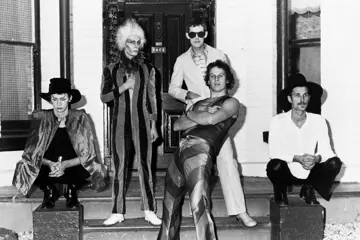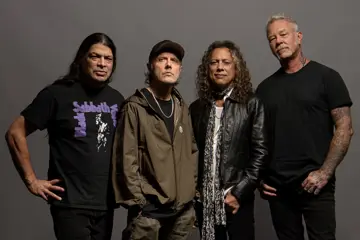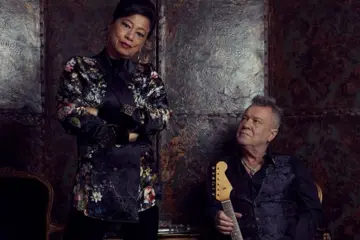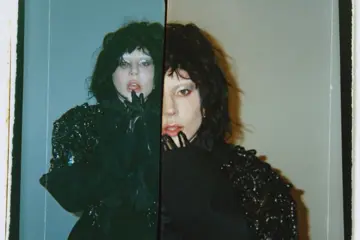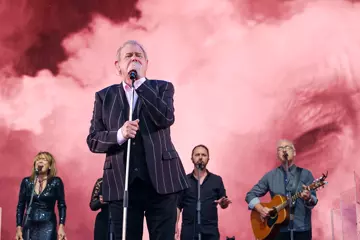Well may we say 'socialista o muerte' because nothing will save the ballet from the forces of the Cuban revolution. Returning to Australia for the first time since their rampart storming 'ballet for masses' sell out tour of 2011, Ballet Revolucion will once again tear up the tutus and set fire to the stage with their sweaty, muscular routines. By blending legendary Cuban dance academy technique with chart-topping pop lollipops from Usher, Beyonce and J-Lo, Havana's hottest dance troupe have trumped both the cigar and the suburban salsa school as their island home's boldest cultural export. Sell out shows across Europe and Royal Command performances have only served to underline the inexorable momentum of the revolution.
Indeed, for Cubans, dance is both a source of pride and escape. According to Ballet Revolucion's Lianett Rodriguez Gonzalez, “Everybody dances there. They have music in their blood. This is why there are so many Cuban artists teaching and performing worldwide. We are very proud when we can show our art. I think maybe it's the reason why so many people want to see Cuban artists perform.” Since Castro and his July 26 Movement overthrew the notoriously brutal Batista regime in 1959, Cuba has gained a worldwide reputation for the excellence of its dance and arts training. August institutions like the Escuela Nacional de Arte and the Escuela Nacional de Ballet have consistently turned out graduates of exceptionally high technical and artistic quality. For many, the obvious propaganda comparison is with the former Eastern Bloc's obsession with athletics.
However, dancer Juan Carlos Hernandez Osma see it in slightly different terms. “We have the same life as any Cuban,” he declares in response to the notion that dancers have a gold plated existence in Cuba. “The only difference I could say is that living our art helps us deal with the everyday stress. It allows us to forget the hardships while we practice and perform. I think any artist goes through the same process.” Fascinating though all these politics may be, it will not exactly be front of mind for Ballet Revolucion's 20 young dancers or its thousands of fans when the curtain rises on its Australian return. After all, it was the show's high energy excitement and sheer sensual spectacle that had us raving last time.
Of Ballet Revolucion's intricate blend of high and low art, Gonzalez says simply, “The challenge is to make the difference between the one and the other. During the show we have all the numbers following each other and, without getting off stage, you have to change styles and situations.” For Osma, the street dance parts of the show were the most difficult to blend in. “Being a classical dancer the challenge for me was to learn the contemporary, pop and hip hop steps that the show offers in a short period of time and be ready to perform as a professional.” Aside from its genre smashing, box office busting choreographic oomph, Ballet Revolucion also has a distinctly Australian flavour. Its creator Mark Brady and the original 2011 choreographer Aaron Cash are both Aussies. The show's irreverence, energy and earthiness have brought crowds to the ballet that would rather have died than be seen anywhere near a tutu.


